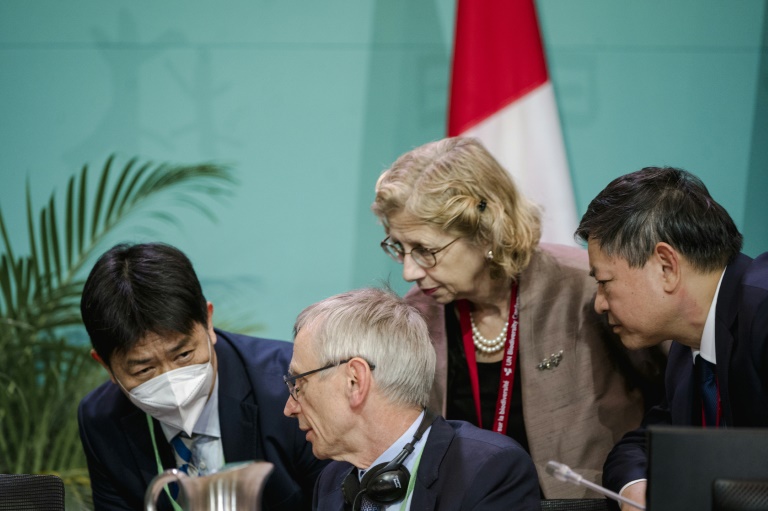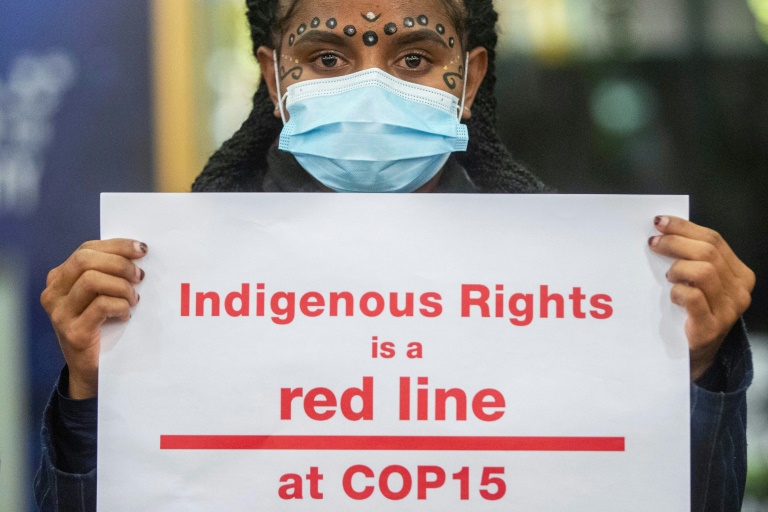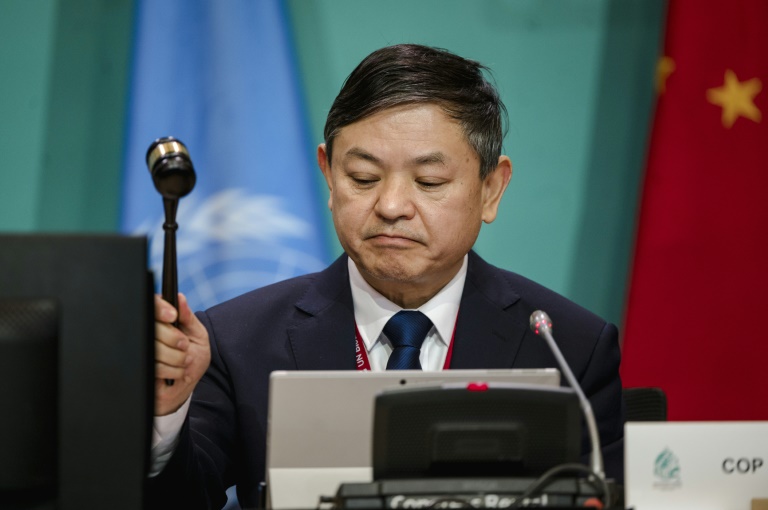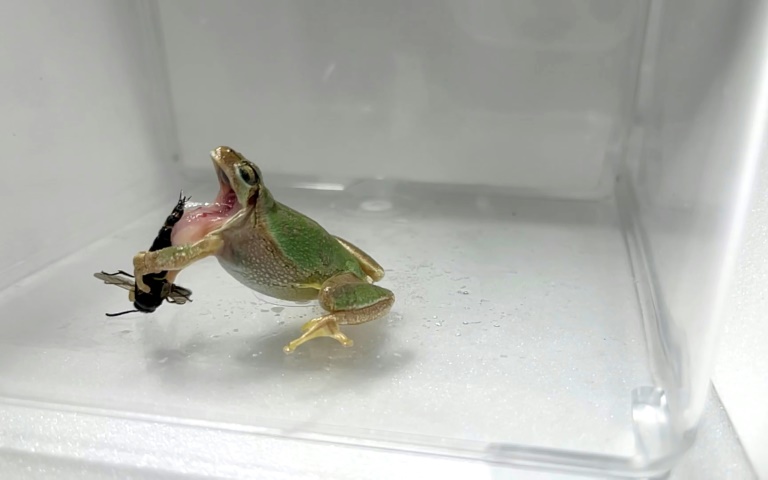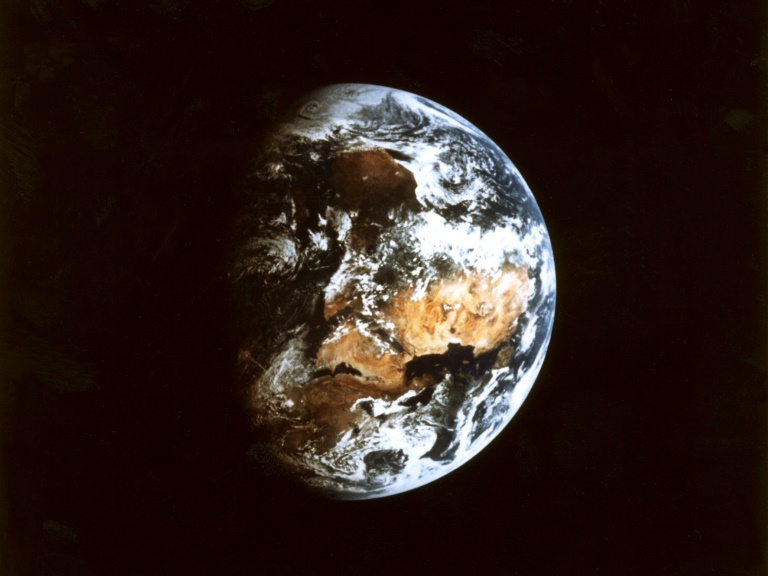Toxic gases produced by lava entering the sea from an erupting volcano in the Canary Islands present only a “low” risk to the local population, an official said Wednesday.
The Cumbre Vieja volcano, which straddles a southern ridge in La Palma, an island with 85,000 inhabitants, erupted on September 19.
It has spewed out rivers of lava that have slowly crept towards the sea, entering the water on Tuesday night just after 11:00 pm local time (2200 GMT).
Experts had warned that the entry of the white-hot magma into the sea was likely to release clouds of acidic gas into the air, which could irritate the skin, eyes and respiratory tracts, possibly causing breathing difficulties.
But windy conditions overnight blew the gas towards the sea, reducing the risk, said Rubén Fernández, head of the Canary Island’s Pevolca volcanic emergency committee.
“We have a strong wind in the area which is blowing the cloud of gases towards the sea, so the risk for the local population is much lower” than initially feared, he told Spain’s public radio.
Images on public television showed a glowing stream of lava pouring into the sea, churning up huge clouds of vapour and gas.
Some 300 residents of the town of Tazacorte and the area where the lava was expected to enter the sea were ordered to stay at home early Monday, as a precautionary measure to avoid harm from the emissions.
“Right now we have no indication that makes us think there is any danger for those who are confined in their homes, nor for the emergency teams which are observing a safety distance,” Fernández said.
The islands’ government had set up a 3.5-kilometre (2-mile) no-go zone on land and a two nautical mile perimeter at sea to keep people safe.
A state of natural disaster has been declared on the island, where the molten rock has so far scorched its way across more than 268 hectares (662 acres) of land and destroyed 656 buildings, according to the European Union’s Copernicus Earth Observation Programme.
The government on Tuesday released 10.5 million euros ($12.3 million) in aid for victims of the eruption, notably for housing for those whose homes were engulfed in lava.
The eruption has forced the evacuation of more than 6,000 people from their homes, but has not killed or injured anyone.


